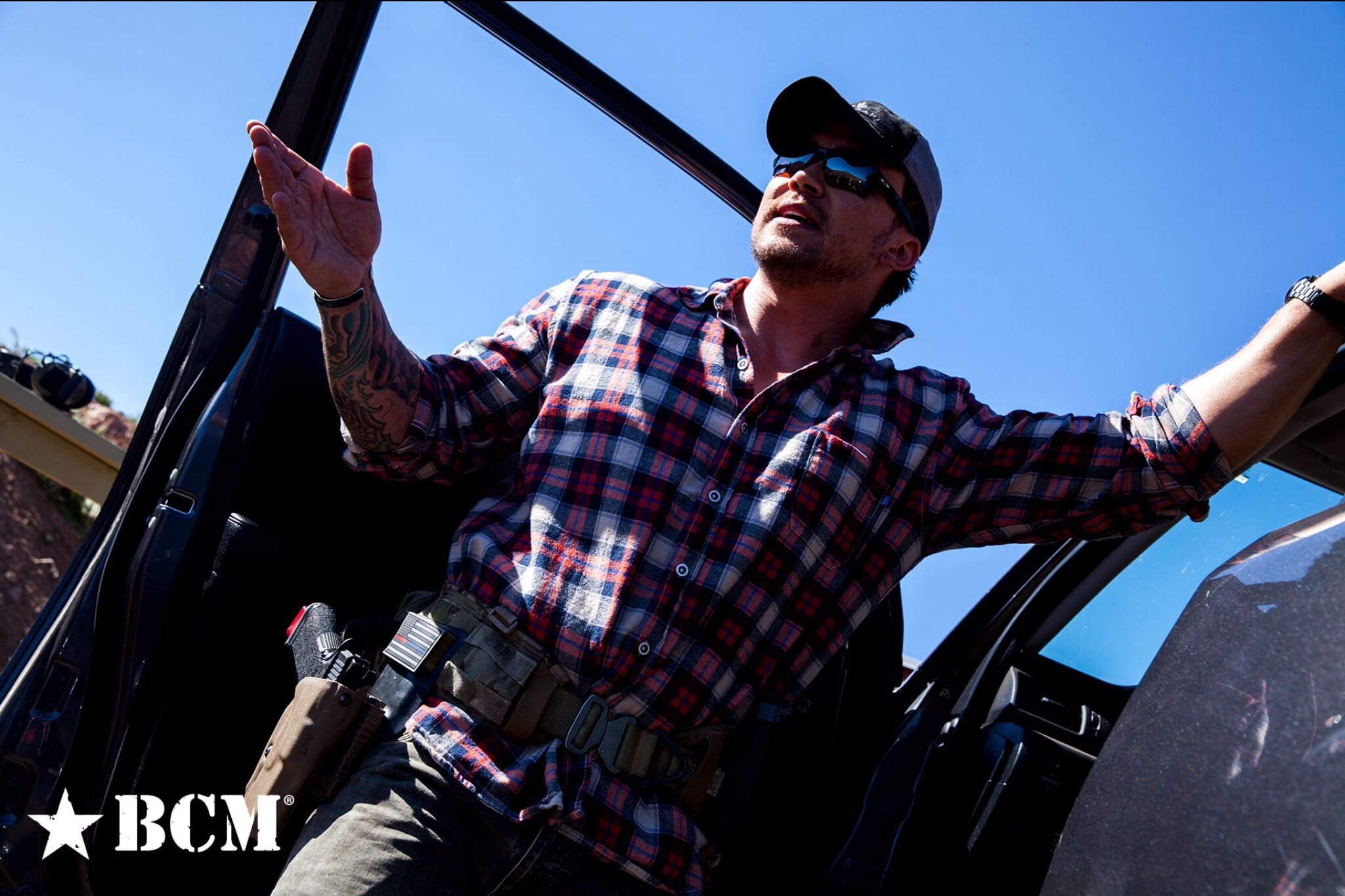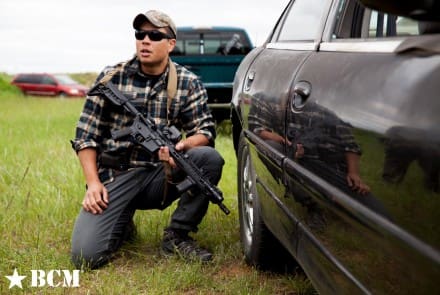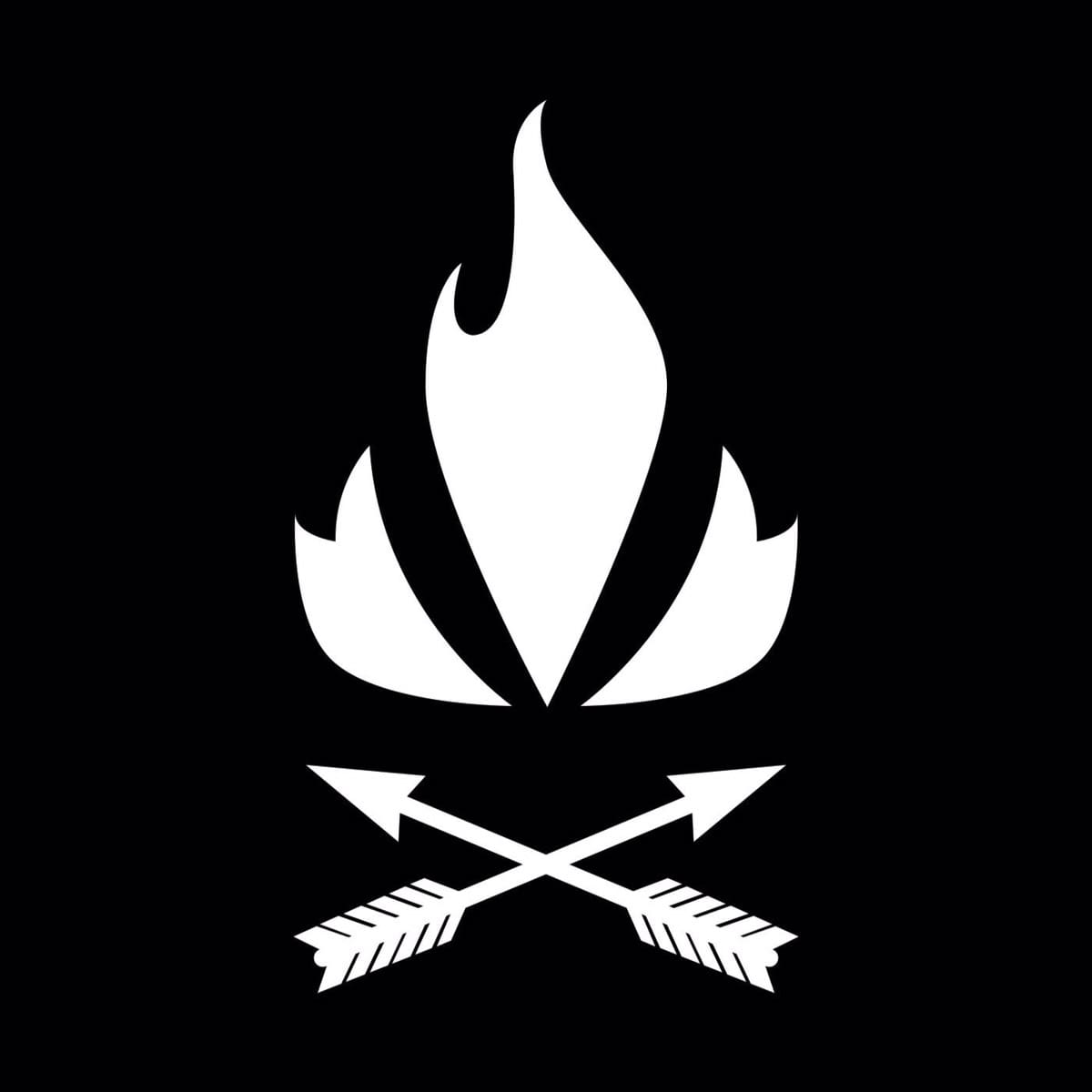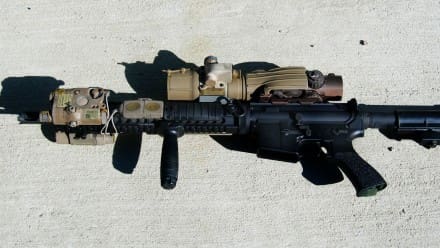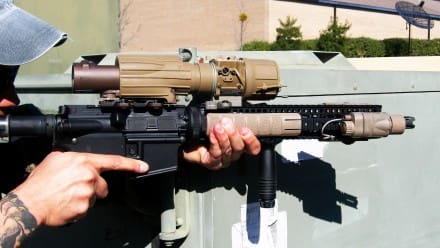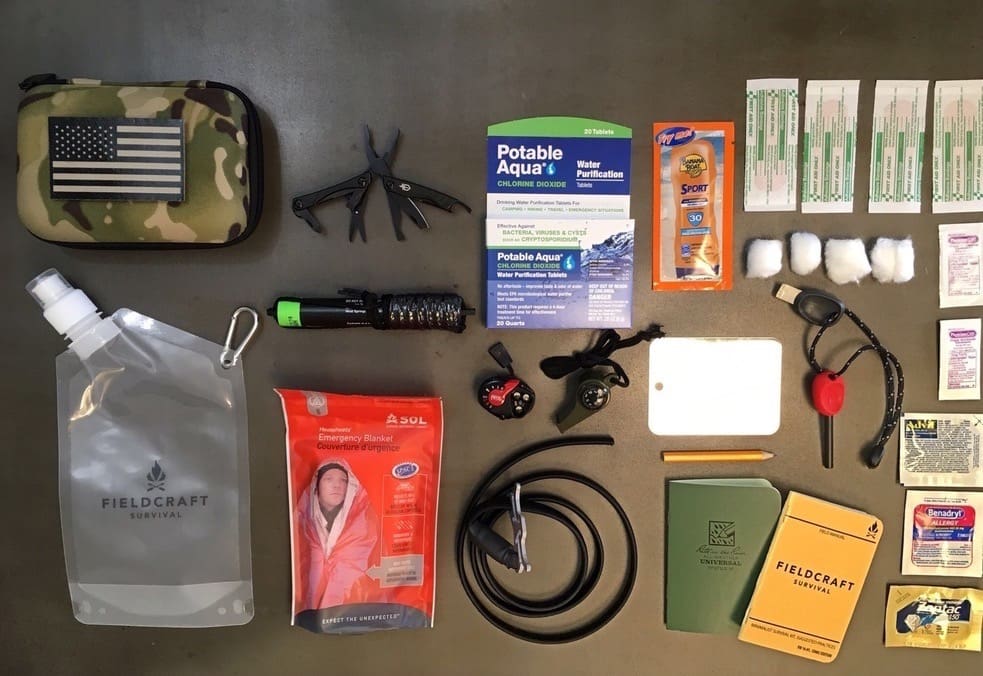Before the Global War On Terror, quantifying specific variables in a gunfight was like quantifying quantum physics. It’s a difficult undertaking without specific data – and any data was better than “I heard from a buddy that knew a guy.”
Now with the acceleration of the war on terror and concurrent advances in technology, we have a plethora of case studies, video, and stories from the men and women who were literally there. There is no more “theory,” but a wealth of the specific data we’ve been missing, and with that data we can begin to determine and extrapolate what works versus what doesn’t.
I remember getting into my first contact with the enemy. Looking back on it, it wasn’t what I expected – it wasn’t dynamic, it didn’t involve complex thought or replicate the things I was taught at the range. When analyzing this process I realized I didn’t even apply the basics I had been taught, it was all a reflex, all second nature and slightly reckless. I was confronted with a threat; it was him versus me and I realized afterward that I didn’t have time to prep my trigger, seat my stock, or even acquire a sight picture. The only things I had time to do were align and press, get my bore in line with the closest thing I could get to center and smash my trigger as fast as I could.
As I developed my skillsets in war the realization dawned that in an offensive action I only had milliseconds to react if the enemy I was hunting was ready and waiting for me, and that everything I had been taught was far more difficult to apply in reality. This is a stark contrast to other occupations – in a gunfight outside of deliberate actions and raids in the military, you react to or counter threats, which puts you behind the living curve.
For example: let’s say you’re a police officer, reacting to a domestic violence call. When you arrive the suspect is nowhere to be found. As you sweep the residence the victim of the domestic violence advises you that the suspect is armed and acting erratically so you are now expecting contact, and behind the living curve. Let’s say you clear into a corner-fed room, feeding into a bathroom that has visibility on the corner-fed room’s door, but your focus is on the blind spot of the dead space in that room. As you move your eyes and gun into position you see something, a flash of what you think is a light but instead it’s your eyes recognizing a foreign entity – in this case, the barrel of a revolver pointed right at your head. Your eyes get wide, your adrenaline tsunamis your being. Everything is in slow motion. Your eyes and brain see the threat, and the barrel of your gun is still in dead space…
Ok, let’s stop there, and consider what we know from our training. In training, we’re taught that once we step through a threshold we need to check corners and clear dead space. Right or wrong, that’s a fundamental – but every time I’ve done force on force or UTM/Sims training, if a bad guy sits one room deep he can kill every good guy who steps through that threshold, time after time.
I remember the first time I was taught to think outside of the convention in small-arm tactics – a team-mate of mine, who belonged to an elite CT unit, told me “don’t be in a rush to just clear and commit to a room. Clear a much as you possibly can prior to entry, even if you have to go prone.” That latter part of his statement really stuck with me, “even if you have to go prone.” This wasn’t advice being taught from theory, this was being taught from reality, from truly unpredictable situations experienced in warfare, and it made absolute sense. Committing to a fight in which your opponent is aware of and can take advantage of your weaknesses is committing to a losing battle, and there will be no second chance, no opportunity to learn from a fatal mistake.
Back to our earlier scenario. When someone has a gun, and they have it pointed at you, you need to be able to send rounds toward that threat and neutralize in immediately. Seeing a threat with your eyes that you’re not instantly ready to deal with puts you at the mercy of your enemy’s reaction time. Clear with your eyes with your gun in tow; and when expecting contact you must clear methodically and thoroughly prior to entering the breach point. Never race in unprepared, that leads to mistakes and sets you up for ambushes. While training is necessary, it doesn’t always reflect the situations we find ourselves up against, and can ultimately hamper our perception of reality. As long as your training institution understands this logic, and can work toward providing you with the tools necessary to get closer to reality, you’re with the right venue. Remember, experience is always better than theory.
– Mike Glover
FieldCraft LLC

A former Special Forces disabled veteran with more than 18 years of military service, Mike has operated at the highest levels of Special Forces. Deploying 15 times to combat theaters, he has served in the following positions: SF Weapons Specialist, SF Sniper, SF Assaulter/Operator, SF Recon Specialist, SF Joint Terminal Air Controller (JTAC), SF Team Sgt, and SF Operations SGM.
Mike is a certified U.S. Government federal firearms instructor, and has also has trained mobility with Team O’Neil Rally School, BSR Racing, and BW drivers courses. He is medically trained every two years in Advanced Medical Trauma and continually maintains his re-certifications for consultation practices.
Considered a Subject Matter Expert (SME) in planning and executing Special Operations in a myriad of complex environments, Mike has taken his 18 years of experience and is giving the American citizen the applicable training tools and training necessary to better protect themselves and their families here and abroad.
Mike has a Bachelors degree in Crisis management and homeland security with American Military University and is pursuing his masters in military history.
Mike currently lives in northern California, where he continues to consult for the U.S. Government in security and firearms instruction.
www.fieldcraftsurvival.com
Gunfighter Moment is a weekly feature brought to you by Bravo Company USA. Bravo Company is home of the Gunfighters, and each week they bring us a different trainer to offer some words of wisdom.
